Glacier climber tells how he found skeletons
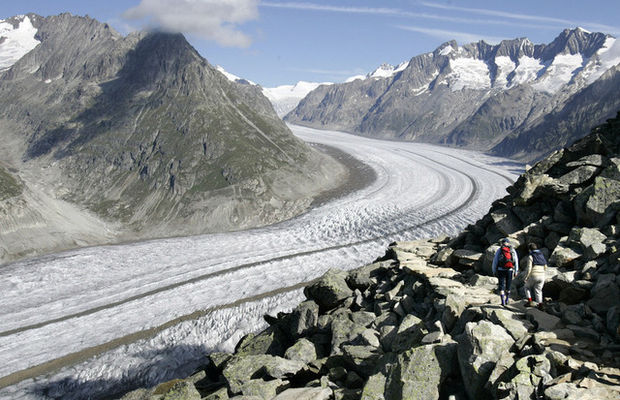
A British couple made a macabre discovery on the Aletsch glacier in canton Valais: they were setting up a camp in a little-visited area when they came upon human remains which are believed to date back to the 1920s.
DNA tests are now being carried out to determine whether the remains are those of four local men who disappeared in March 1926 after bad weather interrupted their climb.
In a first interview with the media, Robert McGregor, from Eastbourne in southern England, told swissinfo.ch how he and his partner Sally Stoneley were walking back down the glacier when they noticed discarded alpenstocks, which intrigued them.
But when they found several boots they realised something rather grim had happened.
“People leave alpenstocks because they break, but they don’t leave their boots on the glacier,” he said.
“Then my friend saw a couple of bones, and we looked around and it became apparent there were more and more bones around us. Since I’m a doctor and she’s a nurse we recognised all the bones and knew exactly which ones they were.”
The bones, none of which were broken, included two skulls, also in very good condition.
McGregor, who has a diploma in mountain medicine and has studied the traumas caused by avalanches, believes that the pair probably froze to death, huddled together, since the bones were all jumbled up, although it’s also possible that they were overcome by a sweep of snow which buried them all at once.
Unusual experience
Having marked the spot with alpenstocks, the couple went down to the village of Fiesch where they reported their find. The following day they were taken by helicopter to show the authorities the site.
“All in all, it was a very interesting experience. Afterwards we reflected quite a lot on it, and the reality of the disaster did hit home a bit later. We did exactly the same walk that they did,” McGregor said.
“It is sad, and it makes you reflect on the dangers there. But I think our gear is so much better, and our weather forecasting is so much better. We would have a much better chance of overcoming things.”
“The age of it made quite a big difference. I think if we’d found a couple of people who’d been 20 years dead and still in their clothing, that would have been much more upsetting.”
The artifacts found at the spot include pieces of clothing, binoculars, a pocket watch, a tobacco pipe, snowshoes and a leather wallet containing coins worth SFr9, the newest being from the year 1921.
Formal identification is expected to take several weeks. The bodies are currently being examined by forensics and the criminal technical department of the cantonal police.
Although the men who went missing in 1926 were young at the time and did not have children, their many nieces and nephews still live in the area.

In compliance with the JTI standards
More: SWI swissinfo.ch certified by the Journalism Trust Initiative
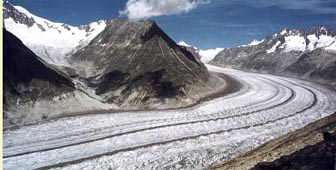
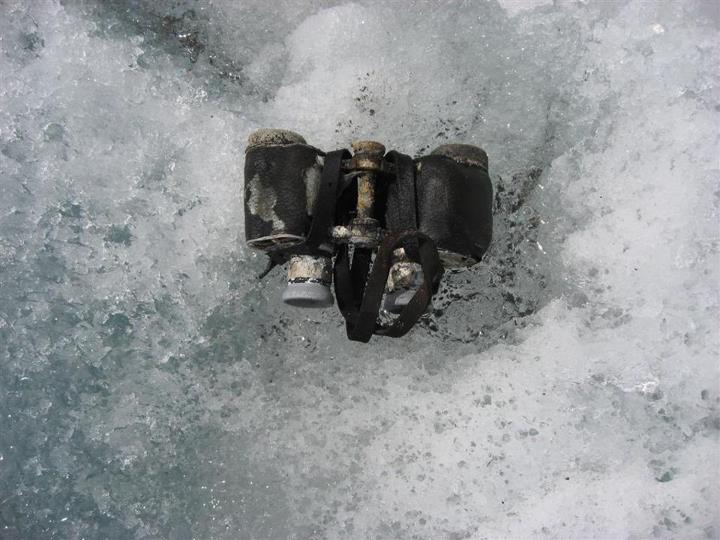
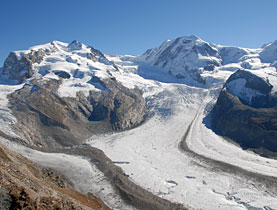

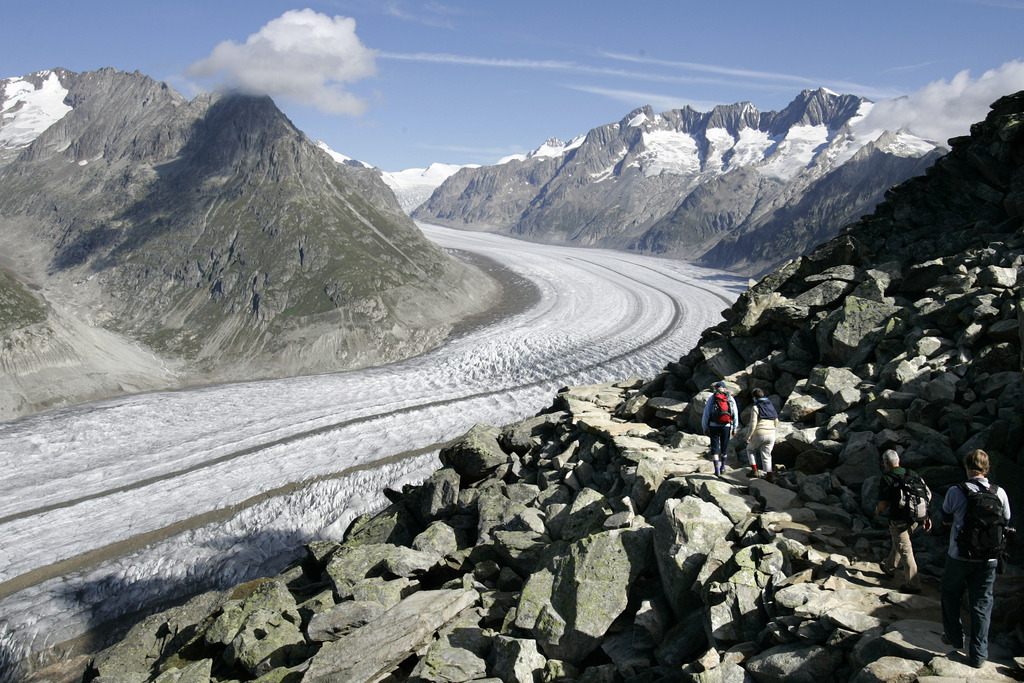
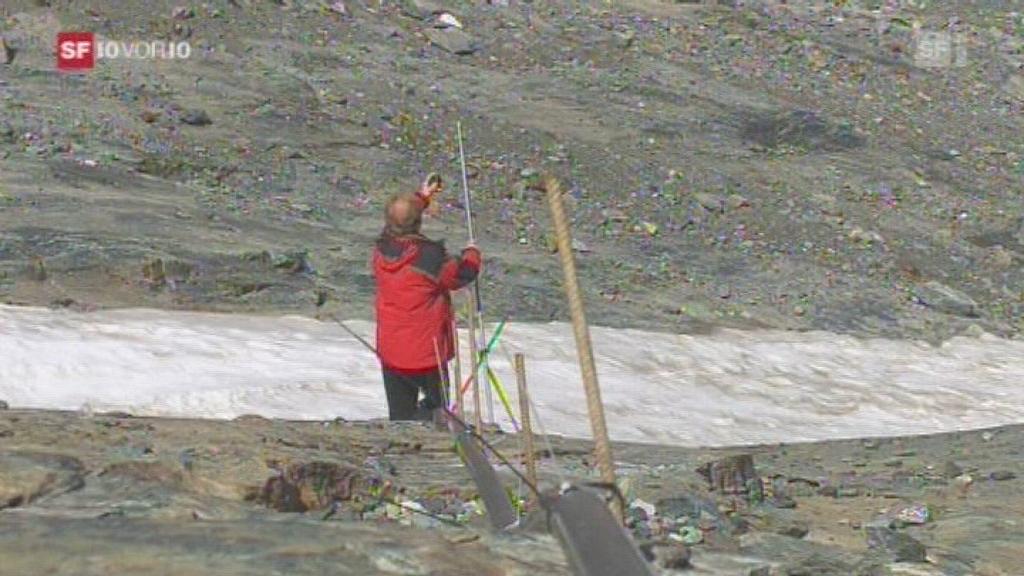
You can find an overview of ongoing debates with our journalists here. Please join us!
If you want to start a conversation about a topic raised in this article or want to report factual errors, email us at english@swissinfo.ch.